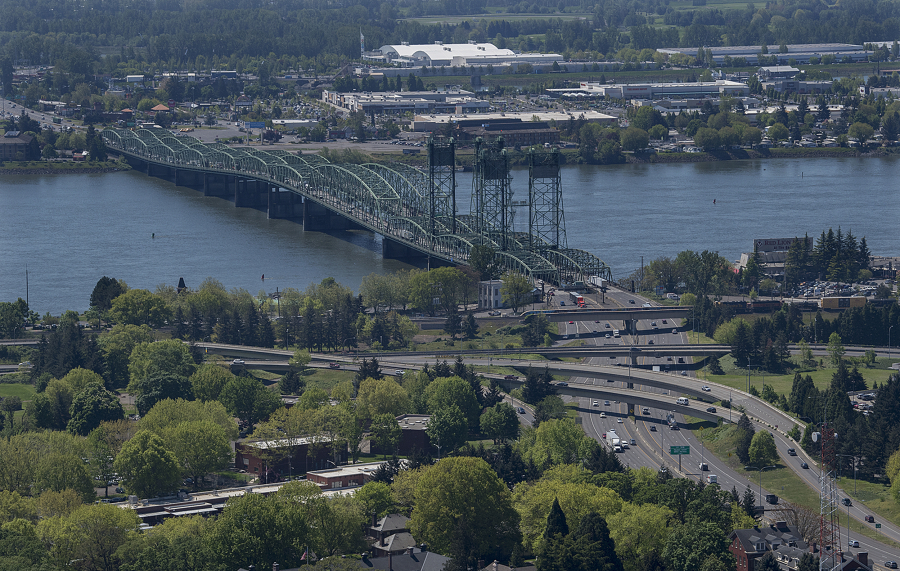Sydney Opera House and megaproject whirlwind

I’m not naïve enough to believe The Columbian is routinely read in the hallowed halls at the University of Oxford in England.
When Bent Flyvbjerg emailed me Tuesday, I suspect he received a Google alert or other electronic heads up after I mentioned him in an Oct. 13 story about a new effort to replace the old Interstate 5 Bridge.
Flyvbjerg is a professor at Oxford’s Saïd Business School who developed the “iron law” of megaprojects: over time, over budget, over and over again.
Flyvbjerg referenced my reporting that the Sydney Opera House was completed 10 years behind schedule and more than 1,300 percent over budget but still became one of the world’s most recognizable structures.
He asked three questions: “Can you mention one other building by the architect? Or even the architect’s name? If not, have you wondered why?“
The answer was no, no and no.
Flyvbjerg provided a link to “Design by Deception: The Politics of Megaproject Approval,” a 2005 article he penned for Harvard Design Magazine.
It’s a compelling read. Megaprojects that get built are not the best projects but ones that underestimate costs and environmental impacts and overestimate benefits and revenues.
“Many project proponents don’t hesitate to use this approach, even if it means misleading lawmakers, the public and the media about the true costs and benefits of projects,” Flyvbjerg wrote. “This result is an inverted Darwinism — an unhealthy ‘survival of the unfittest’ — for large public works and other construction projects.”
What was profoundly sad is Jørn Utzon, the Danish architect whose name was unknown to me even though I visited his Sydney masterpiece nearly 16 years ago, was a victim of this megaproject whirlwind.
According to Flyvbjerg’s article, the Labour government of New South Wales wanted the Sydney Opera House approved and started before elections in March 1959 so it would be difficult to stop should the party stumble at the ballot box. With an intentionally low budget and a rapid construction start, the ensuing cost overruns were inevitable.
Utzon became a convenient scapegoat, prompting him to leave Australia with his family in April 1966. He never visited the completed Sydney Opera House. When Queen Elizabeth II opened the iconic structure in 1973, Utzon was not invited or even mentioned in any of the speeches.
Politicians, engineers, project managers and I-5 Bridge replacement advocates would be wise to pay attention to Flyvbjerg’s work as they try to breathe life into the Columbia River Crossing’s 6-year-old corpse.
To paraphrase George Santayana, those who don’t learn from the past are doomed to repeat it.
